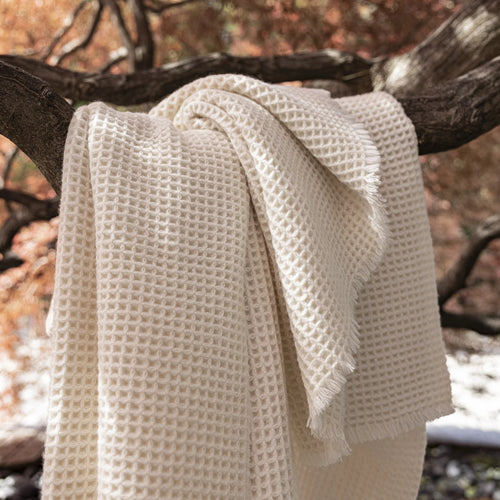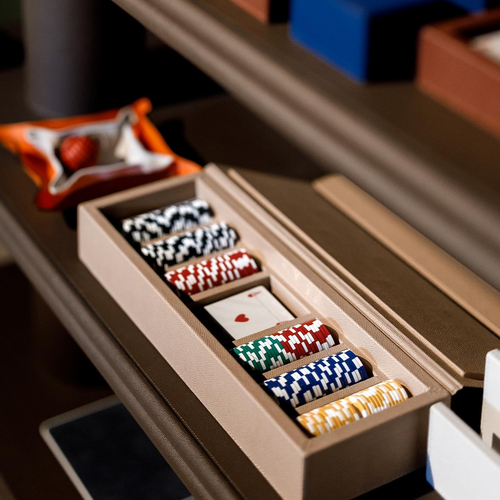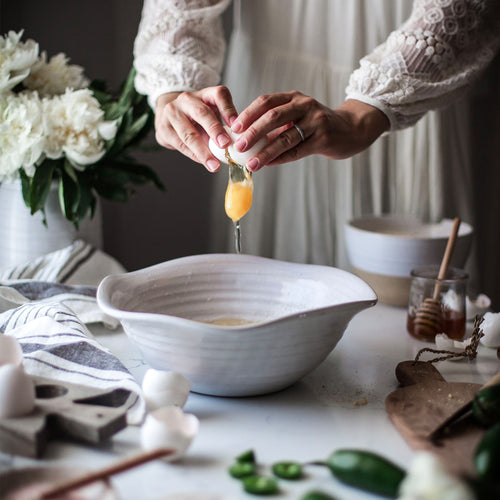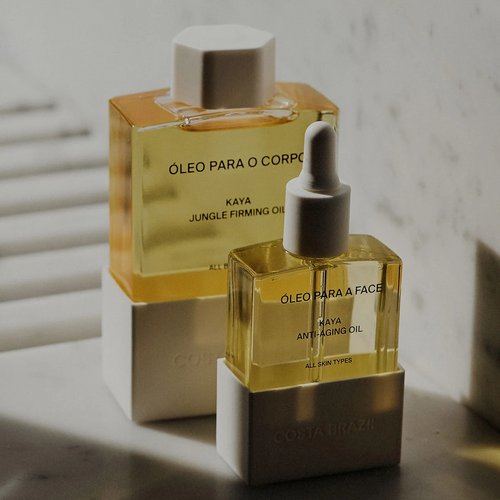Sustainable Spring Cleaning, Part I: A Kitchen Detox
Spring Cleaning: A Refresh For The Soul In Three Parts
Spring is a fabulous time of year when the world awakens from its long winter slumber. The flowers bloom, birds sing and the days grow longer. There's a general sense of anticipation in the air for a fresh start.
With this new season, we often hear about "spring cleaning". For us, we like to apply it to both space and self. We embrace the opportunity as a conscious clearing or a mindful edit, a letting go of that which no longer serves us as well as seeking new products and new ways to shift towards a cleaner way of living, cooking, being. A Spring Refresh.
A great place to start is in the Kitchen where all sustenance begins.
I. Refreshing & Detoxing The Kitchen
We believe in seasonal eating. The warmer weather shifts our focus from eating wholesome soups and hearty meat dishes to lighter fare such as fish and salads. It is equally important to go through your pantry and review the existing products and brands that you have.
1. THE IMPORTANCE OF INGREDIENTS
As we clean through the cabinets, most of us think of checking expiry dates. But beyond that, we like to check the ingredients and sources as well. Are they organic? Are they clean? Do they contain seed oils, "natural flavors" or high fructose corn syrup? It is easy to buy things without truly understanding all the ingredients. They don't always make it clear or easy. But being fully familiar with the products you have on the shelf, culling the expired and the undeserving will make you feel empowered and inspired as you begin to consider your spring menus.
One of the most important ingredients we always look to keep as clean as possible, a staple that we use every day, are the oils with which we cook or dress things. There are plenty of oils (vegetable oil, canola oil, soybean oil, safflower oil to name a few) that are often overly processed and therefore have very little nutritional benefit. In fact, some of these oils have proven to have significant adverse affects on our bodies. Changing these out for cleaner, less refined, healthier ingredients (like extra virgin olive oil, coconut oil or avocado oil) can make a huge difference.
Organic Olive Oil
This amazing olive oil not only tastes delicious, but is Italian certified organic (Europe is notably more stringent when it comes to quality of food and organic certifications), as well as cold-pressed over several hours. This means that it's a higher quality oil, since it's able to maintain the majority of its nutrients through the cold-pressing process.
The bottle is also specficially made of UV coated glass to protect the olive oil from sunlight which can impact the integrity of the oil's nutritional value. If not ceramic, olive oil should always come in opaque glass bottles whenever possible.
It's important to note, however, that extra virgin olive oil can be counterfeited. There are not enough olive trees in the world to keep up with the the current demand for olive oil. Therefore, many vendors take shortcuts by combining olive oils from different locations—a sign of impurity that may downplay the true quality of the oil you are purchasing, or entirely falsifying the oil they are selling by combining olive oil with seed oils, or even going as far as to dye seed oils to have that rich, green, olive oil hue. To make sure your olive oil is the best quality, make sure to look on the label to confirm whether your preferred olive oil is organic and single origin.
2. THE DANGERS OF PLASTIC IN KITCHEN STORAGE + TOOLS

Non-Toxic Storage Containers + Bowls
In addition to clearing out the cabinets and the refrigerator to make way for clean and/or organic substitutions, we also like to find the right, sustainable solutions that streamline healthier, more mindful food management. This includes storage containers, fruit bowls and cutting boards.
Most storage containers that we see today are made of plastic. Although they may seem harmless, storing fresh fruits, or, raw or left over food in these bowls and containers can contaminate your food, exposing you to toxic chemicals as well as leaving traces of plastic on the food that will then be ingested. In fact, a recent study published in the scientific journal, Environmental International found that 80% of people have plastic in their bloodstream.
When analyzing these blood samples, it was found that the plastics derived from three main sources: half contained PET plastics often found in water bottles, shampoo bottles + plastic food jars (e.g. peanut butter); a third contained polystyrene often used in other food packaging such as yoghurt containers, and meat + poultry trays; and a quarter contain polyethylene, often found in flexible packaging such as frozen food bags, bread bags, and ziploc bags. Each of these is proof that the plastic we use can easily contaminate the food that we consume.
Although it is near impossible to avoid all plastics when it comes to sourcing our food, having an awareness of the impact can definitely have a positive affect on the choices we make. When possible, we choose storage containers made of natural materials such as glass, wood, metal or ceramic.
Our Preferred Sustainable Storage Options
Our preferred everyday storage containers are the glass vessels with solid wood lids from Europe. They're great for storing anything from rice to pasta to teabags to oats. We also love these gorgeous nest salad bowls from Australia. They're handmade from natural materials and serve as the perfect counter top fruit bowl or as a salad bowl in the summer.
THE NON-TOXIC AND ANTIBACTERIAL NATURE OF WOODEN CUTTING BOARDS
Another key staple used frequently in the kitchen are our cutting boards. For several decades now, the majority of people have opted for a plastic cutting board. They became commonplace as they were sold as a way to reduce bacteria. However, in recent years we have learned that wooden cutting boards are much healthier to have in the home.
Not only are wooden cutting boards less likely to hold and carry bacteria than plastic cutting boards (something that definitely surprised us!) but they also expose you to less toxic chemicals. When using a plastic cutting board, the small cut that you make on the board can loosen microscopic pieces of plastic. These are then transferred onto your recently cut food and then consumed. Although this may sound insignificant, over time it can create a significant impact, even finding its way into your blood stream.

Sustainable Wooden Cutting Boards That Are Made To Last
Our favorite food-safe cutting boards are from LA-based The Wooden Palate. Their gorgeous, handmade pieces are made sustainably using fallen wood. Because of this, no two pieces are the same. The care with which the wood is selected, processed and finished makes it so that each piece only gets better with age.
THE ESSENCE OF BEING ECO-CONSCIOUS
Of course, we understand that doing a compete overhaul of ones home is trying and often unrealistic. Doing a "spring detox" and being eco-conscious isn't about being perfect. It's about being conscious and trying to make positive change where you can. However, making some simple changes to the ingredients you bring into your home (whether in the form of food or skincare + body care) as well as an awareness of the amount of plastics in your home (food containers, storage containers etc.) can definitiely have a positive impact on your life, your health as well as on the planet at large.
Header Image Credit: Grieves Anderson










